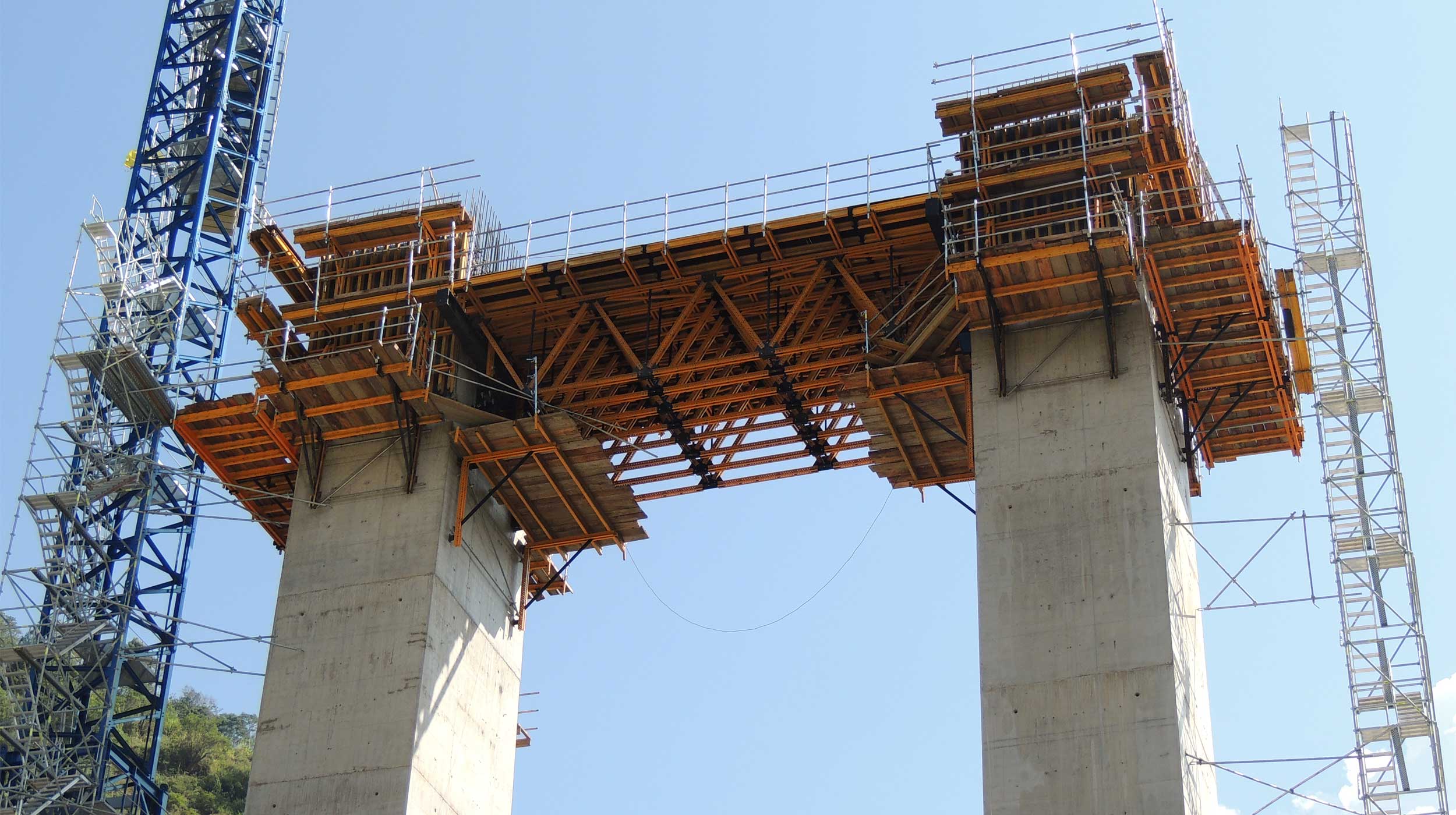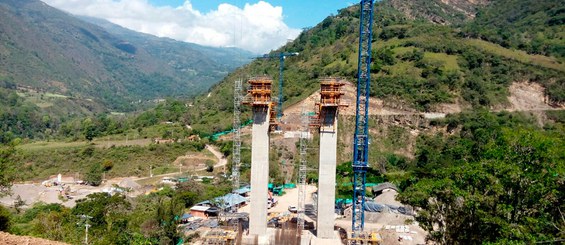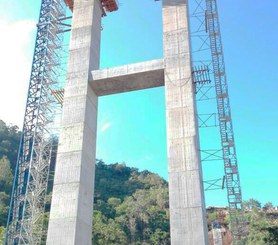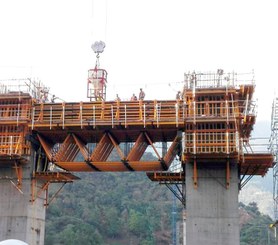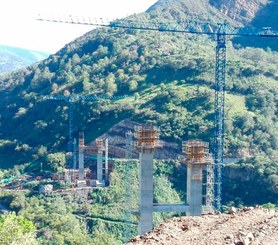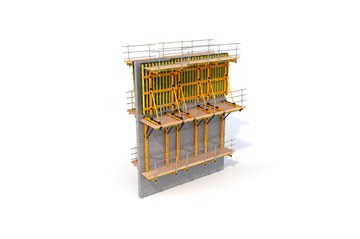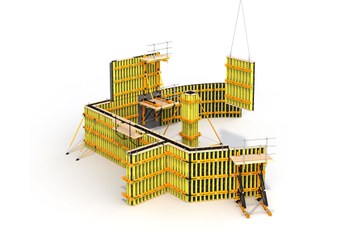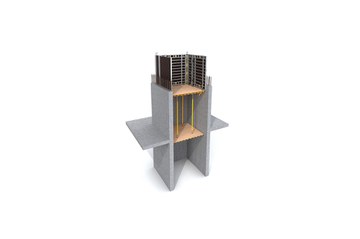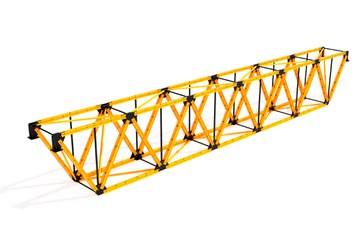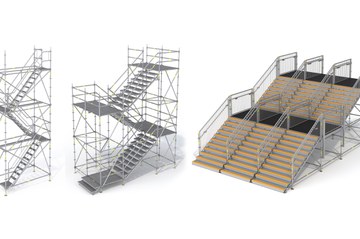Description
raversing challenging terrain, the development project along the Málaga—Los Curos Motorway will improve transportation between the regions of Boyacá and Santander, Colombia. The central element of these improvements is the Hisgaura Bridge, stretching 653 m in length with a single span reaching 400 m, will become in 2018 the longest cable-stayed bridge in South America.
ULMA solution
ULMA developed a comprehensive solution for the project, employing the ideal formwork and scaffolding systems for each element of the bridge, including piers and pylons, pier caps, approach spans, and abutments, as well as careful planning of the onsite support to be provided.
The two inverted Y-type pylons, reaching 142 m and 125 m in height respectively, are joined by transverse girders at 40 m and 70 m above the valley floor. At deck height the pylon towers incline toward each other and eventually fuse into a single vertical structure, where the cable stays are anchored.
The classic H-type piers, measuring 24 m and 42 m in height respectively, are designed similarly to the pylons, with one tower featuring a square cross-section and its pair a rectangular one. The shorter pier is built with a transverse girder at its crown, whereas the girder of the taller pier is set midway, at a height of 21 m.
In order to accommodate the diverse geometries of the project, the fixed BMK configurable climbing brackets were combined with articulated climbing bracket to form the inclined sections; in both cases they were equipped with roll-back systems. The beam formwork system ENKOFORM VMK gave shape to both the interior and exterior of the tower bodies. KSP shaft platforms were used inside the towers, employing special corner panels that facilitated adaptation to variations in shape and cross-section.
The transverse girders were poured simultaneously with the pylon and pier bodies using MK modular trusses 12 set on MT-800 consoles. Both the underside and lateral formwork systems were set on this grid structure.
The entire perimeter of each pylon and pier body was encircled by four climbing bracket, designed with three platform levels. The principal level was used for moving and adjusting the formwork as well as transit between the two other levels, one of which was dedicated to pouring and the other to component recovery. The principal platform gave access to the BRIO Stairway that ran the entire length of the towers, from ground level up to 142 m in height.

